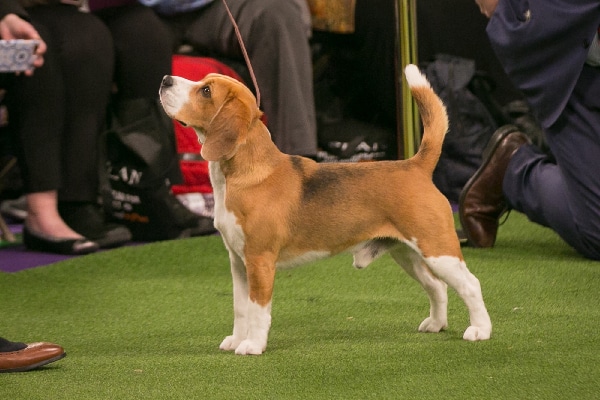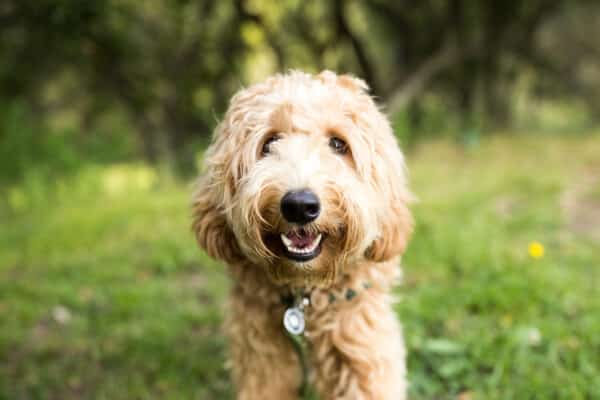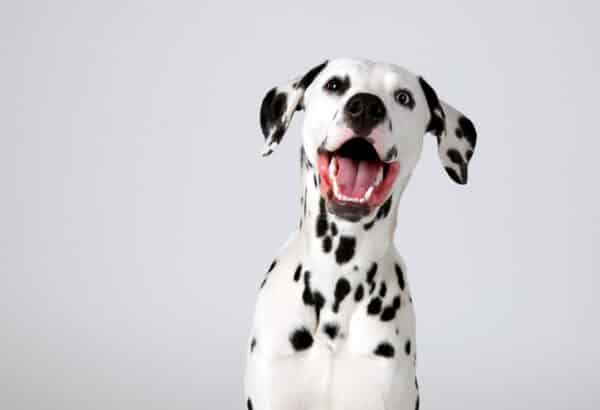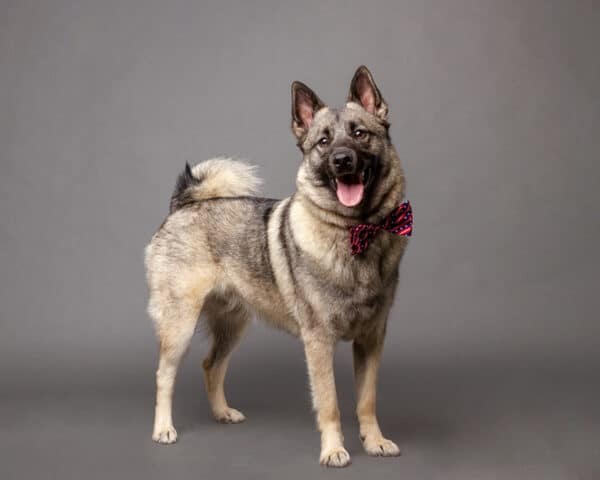America loves the Beagle. There is nothing particularly fancy or exotic or designer about him, but his loving temperament and handy size make him a perennial favorite, always among the top five most popular dogs in the American Kennel Club’s yearly ranking of its 194 breeds and varieties. Here are eight fun facts about this familiar little hound.
Sniffing out Beagle history
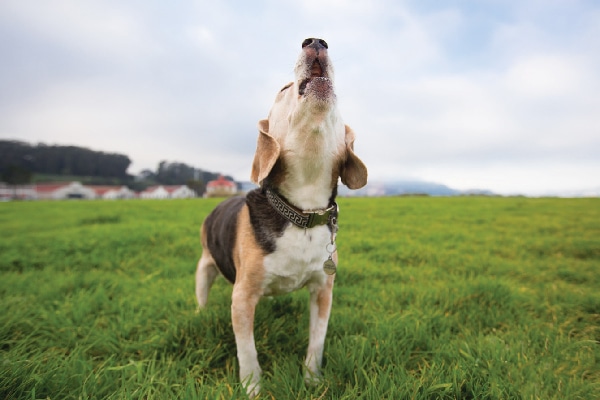
Dogs that resemble today’s Beagle in size and purpose can be traced back to the 5th century B.C. in ancient Greece. Xenophon, who was born circa 430 B.C., refers in his treatise On Hunting to a hound that hunted hares by scent and was followed on foot. Canute’s Forest Laws confirm that Beagle-type dogs were present in England before 1016. Miniature breeds of Beagle type were known from the times of Edward II and Henry VII, who both had packs of Glove Beagles, so named because they were small enough to fit on a glove, and Queen Elizabeth I kept Pocket Beagles that measured a mere 8 to 9 inches at the shoulder.
Two Beagle sizes
The official AKC breed standard recognizes two size varieties: The 13 Inch, for hounds not exceeding 13 inches in height at the shoulder, and the 15 Inch, for hounds over 13 inches but not exceeding 15 inches in height at the shoulder. Any Beagle measuring more than 15 inches at the shoulder is disqualified in the American show ring.
All about the Beagle tricolor
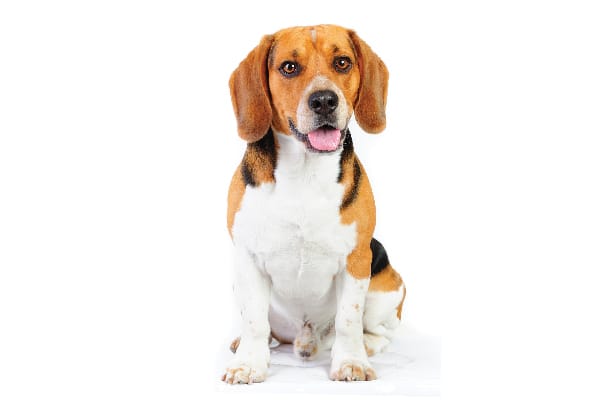
The Beagle standard is very concise, allowing “any true hound color.” But what does that mean, exactly? While the vast majority of Beagles are tricolor, meaning tan and white with a big black saddle marking covering the back, Beagles are also seen in other hound color patterns. On some Beagles the saddle is not black but liver (reddish brown) or blue (a smoky gray). There are also red-and-white and lemon-and-white Beagles, without black markings. Finally, there are Beagles with colored flecks, speckles or ticking, similar to the color pattern of the Bluetick Coonhound.
The Beagle’s hunting roots
Rabbit hunting is so much a part of the Beagle’s history that the AKC breed standard, approved in 1957, actually includes a section on Beagle packs, with headings like Individual Merit of the Hounds, Manners (“The hounds must all work gaily and cheerfully”), Appointments (“Master and whips should be dressed alike, the master or huntsman to carry [a] horn, the whips and master to carry light thong whips”) and Recommendations for Show Livery, or apparel of the hunters (“Black velvet cap, white stock, green coat, white breeches or knickerbockers, green or black stockings, white spats, black or dark brown shoes. Vest and gloves are optional. Ladies should turn out exactly the same except for a white skirt instead of white breeches.”).
With Beagles, the nose knows
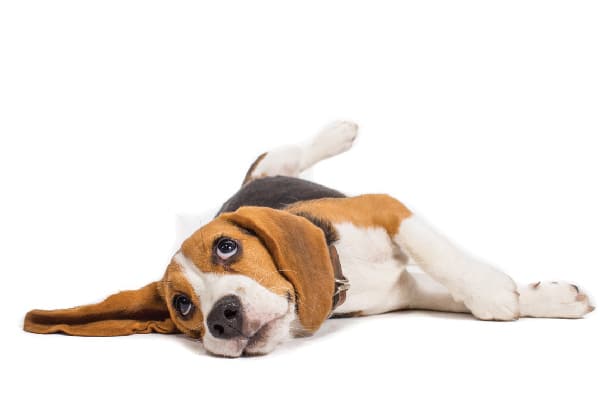
Along with the Bloodhound and Basset Hound, the Beagle’s sense of smell is one of the most acute in dogdom. While Beagles are incredibly affectionate, they are stubborn scent hounds, never more so than when they get a whiff of an intoxicating smell. At times like this, forget about the Beagle coming back when called. Obedience is not the breed’s forte. Be sure your fenced yard is escape-proof, and always walk your Beagle on a leash, unless you are in a safe, enclosed area.
Where the Beagle’s superior nose is highly valued is as a sniffer dog: The Beagle Brigade of the United States Department of Agriculture employs the breed to detect food items in luggage being brought into the country. After testing several other breeds, Beagles were chosen because their small size does not intimidate those who are afraid of dogs. They are also easy to care for and work well for rewards. (Detection of explosives involves climbing over luggage and on conveyor belts for which larger breeds are better suited.)
The Beagle is a social pack hound
Because Beagles have traditionally been raised in large packs, they do not do well as a single pet, left alone all day. Their frustration will quickly lead to excessive barking and destructive behavior. A second dog for companionship is strongly recommended.
Iconic Beagles
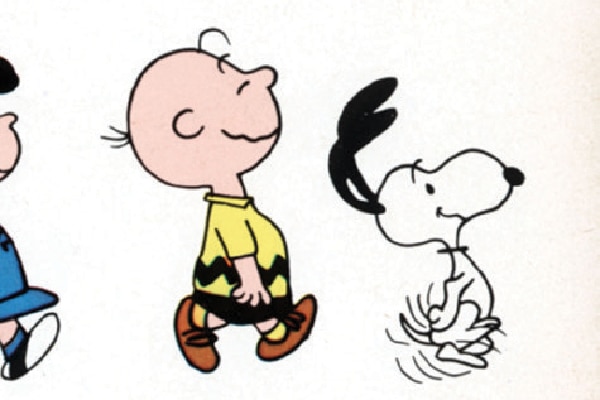
Charles Schulz’s beloved comic strip, Peanuts, features the world’s most famous Beagle, Snoopy. While he’s been known to enjoy an occasional joke at Charlie Brown’s expense, Snoopy is, for the most part, a devoted pet, and many a Beagle owner over the decades first succumbed to the charms of the breed thanks to Snoopy. In the glamorous world of dog shows, two real-life Beagles have attained ultimate stardom by winning Best in Show at the nationally televised Westminster Kennel Club event in New York City: “Uno” in 2008 and “Miss P” in 2015.
Beagles in pop culture
Former U.S. President Lyndon Baines Johnson owned several Beagles and created an uproar when he picked one up by the ears. The ship on which Charles Darwin made the voyage that provided much of the inspiration for On the Origin of Species was named the HMS Beagle, after the breed. Celebrity Beagle owners include singer Barry Manilow (who named one Bagel), Bravo TV talk-show host and producer Andy Cohen, actor Frankie Muniz, singer/dancer KayCee Stroh and Helio Castroneves, Brazilian racing-car driver.
Read more about dog breeds on Dogster.com:
Featured Image Credit: olaser | Getty Images.

